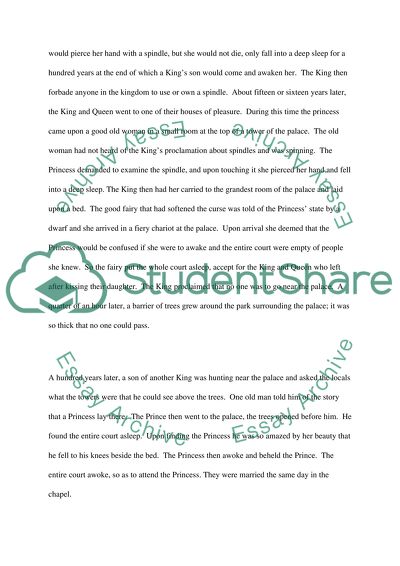Cite this document
(“Charles Perraults 1697 French version of Sleeping Beauty Essay”, n.d.)
Retrieved from https://studentshare.org/literature/1427710-charles-perraults-1697-french-version-of-sleeping-beauty
Retrieved from https://studentshare.org/literature/1427710-charles-perraults-1697-french-version-of-sleeping-beauty
(Charles Perraults 1697 French Version of Sleeping Beauty Essay)
https://studentshare.org/literature/1427710-charles-perraults-1697-french-version-of-sleeping-beauty.
https://studentshare.org/literature/1427710-charles-perraults-1697-french-version-of-sleeping-beauty.
“Charles Perraults 1697 French Version of Sleeping Beauty Essay”, n.d. https://studentshare.org/literature/1427710-charles-perraults-1697-french-version-of-sleeping-beauty.


